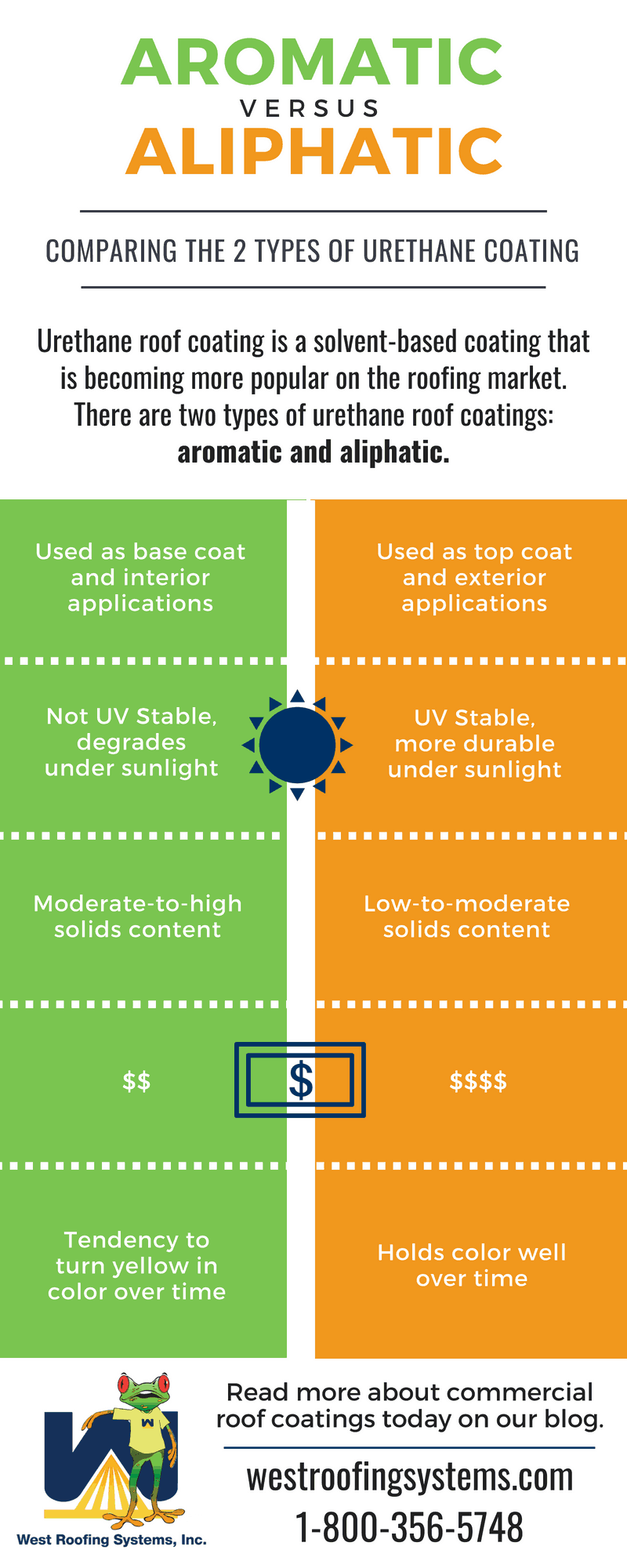Contrasting Photovoltaic Panel Types: Which Is Best For Your Home?
Contrasting Photovoltaic Panel Types: Which Is Best For Your Home?
Blog Article
Developed By-Price Hayes
When it involves picking the right solar panels for your home, the selections can be overwhelming. Each type offers distinct advantages and trade-offs, making it essential to establish which elements line up ideal with your goals. Whether your emphasis gets on effectiveness, cost-effectiveness, or appearances, there's a photovoltaic panel kind that can cater to your needs. So, before you decide, consider the critical facets that will affect your solar energy system's performance and suitability for your home.
Monocrystalline Solar Panels
When considering photovoltaic panels, you may stumble upon monocrystalline solar panels. These panels are understood for their high effectiveness prices because of their building from a single constant crystal framework. This design enables monocrystalline panels to carry out better in low light problems compared to various other sorts of solar panels. In addition, their streamlined black look makes them a prominent selection for residential installations, blending in perfectly with many roofs.
One essential advantage of monocrystalline solar panels is their space effectiveness. They require less room to create the exact same quantity of electrical power as various other photovoltaic panel kinds, making them suitable for homes with minimal roof covering area.
While monocrystalline panels have a tendency to be a lot more costly ahead of time, their lasting sturdiness and performance frequently make them an economical investment in the realm of solar energy. If you focus on performance and visual appeals in your solar panel selection, monocrystalline panels could be the best option for your home.
Polycrystalline Solar Panels
Polycrystalline solar panels, also referred to as multicrystalline solar panels, offer an alternate option to monocrystalline panels. These panels are made from silicon crystals that are melted together, producing a less uniform appearance compared to monocrystalline panels.
One of the crucial advantages of polycrystalline panels is their reduced manufacturing expense, making them an extra affordable option for home owners seeking to purchase solar energy.
While https://transparentsolarpanels88766.wssblogs.com/29352242/discover-methods-to-boost-your-solar-power-efficiency may have a somewhat lower efficiency price compared to monocrystalline panels, they still use a reputable and economical means to generate solar power for your home. These panels carry out well in high temperatures and are a long lasting choice for a selection of environments.
If you have a bigger roof space and are seeking to maximize your power manufacturing without breaking the financial institution, polycrystalline panels could be the appropriate option for you.
When thinking about photovoltaic panel alternatives for your home, it's important to weigh the cost-effectiveness and efficiency of polycrystalline panels against your power requirements and budget plan restraints.
Thin-Film Solar Panels
Going on to Thin-Film Solar Panels, these panels offer an one-of-a-kind choice to traditional silicon-based choices like polycrystalline panels. Thin-film panels are light-weight and flexible, making them less complicated to install on various surface areas like bent rooftops or walls. They're additionally a lot more aesthetically pleasing, assimilating flawlessly with the style of your home.
However, it's vital to keep in mind that thin-film panels commonly have lower efficiency prices contrasted to crystalline silicon panels. This suggests you might require more space to produce the exact same quantity of electrical power.
On https://solarpaneloutputvoltage08652.blogginaway.com/29888433/efficient-techniques-for-homeowners-to-enhance-cost-savings-from-solar-power lining, thin-film panels carry out much better in low-light conditions and have a reduced temperature coefficient, meaning they can generate even more energy on warm days. If you have sufficient space and are looking for a flexible and aesthetically enticing photovoltaic panel alternative, thin-film panels could be a fantastic option for your home.
Final thought
Finally, when choosing the most effective solar panel type for your home, consider your energy needs, budget plan, and space restrictions. Monocrystalline panels supply high efficiency in restricted area, while polycrystalline panels supply an affordable choice with reliable efficiency. Thin-film panels supply adaptability and aesthetic charm but may have reduced effectiveness prices. By evaluating these variables, you can select the solar panel type that best fits your details demands.
